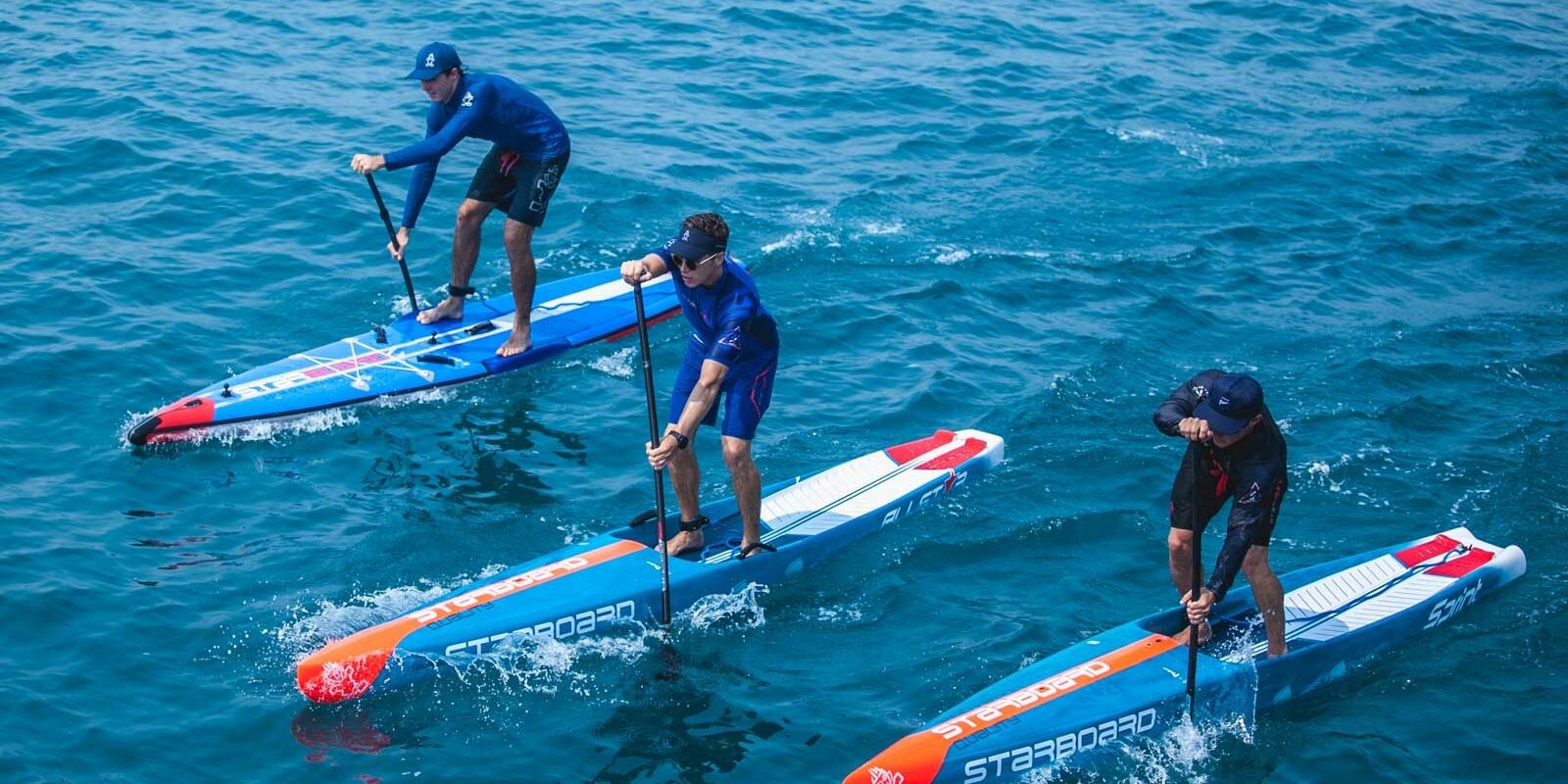Stand-up paddle boarding is a fantastic activity that combines exercise with the tranquility of being on the water. For beginners, one of the main concerns is stability. Understanding the factors that affect the stability of a stand-up paddle board can help you feel more confident as you embark on this exciting water sport.
What Makes a Paddleboard Stable?
Board Size and Shape
The size and shape of a stand up paddle board are crucial factors in determining its stability. Generally, wider boards offer more stability than narrower ones. A paddleboard that is 30 to 36 inches wide provides a solid platform for beginners. Additionally, boards that have a wide nose and tail are also more stable, making them ideal for those just starting.
Board Length
The length of the paddleboard also affects its stability. Boards that are between 10 to 12 feet long are typically more stable and easier to handle for beginners. Shorter boards may be more maneuverable, but they can also be less stable, which might be challenging for those new to the sport.
Board Thickness
The thickness of the board is another important aspect. Thicker boards generally support more weight and provide better buoyancy, contributing to overall stability. A board that is 4 to 6 inches thick is often a good choice for beginners.
Material and Construction
Inflatable vs. Hard Boards
There are two main types of stand up paddle boards: inflatable and hard boards. Inflatable boards are often recommended for beginners because they are softer and less likely to cause injury in case of a fall. They are also more stable due to their wider design and can be easily stored and transported. Hard boards, on the other hand, offer better performance and are more suited for advanced paddlers.
Surface Texture
The deck pad, or the surface where you stand, should have a non-slip texture to provide better grip and stability. This is especially important for beginners who might not have perfect balance yet. Look for boards with a textured or cushioned deck pad for added stability.
Tips for Beginners
Starting on Calm Waters
To enhance stability, beginners should start paddleboarding on calm waters such as lakes or bays. These environments have minimal waves and currents, making it easier to maintain balance and practice paddling techniques.
Proper Stance
Maintaining a proper stance is key to staying stable on a paddleboard. Keep your feet parallel and about shoulder-width apart, with your knees slightly bent. This stance lowers your center of gravity and helps maintain balance.
Using a Paddle for Balance
Holding the paddle correctly can also aid in stability. Keep one hand on the top of the handle and the other on the shaft. Use the paddle to steady yourself and make small adjustments to your balance as needed.
Practicing Balance
Kneeling Before Standing
Beginners can start by kneeling on the board before attempting to stand up. This position is more stable and allows you to get a feel for the board and the water. Once you are comfortable, you can gradually transition to a standing position.
Taking It Slow
Take your time to practice balance and paddling techniques. The more you practice, the more stable you will feel on the board. Don’t rush the process; enjoy the journey of learning and improving your skills.
Conclusion
Stand-up paddle boarding is a rewarding and enjoyable activity for people of all ages and skill levels. By choosing the right paddleboard, focusing on proper techniques, and practicing regularly, beginners can quickly improve their stability and confidence on the water. Remember, the key to mastering paddleboarding is patience and persistence. Happy paddling!
